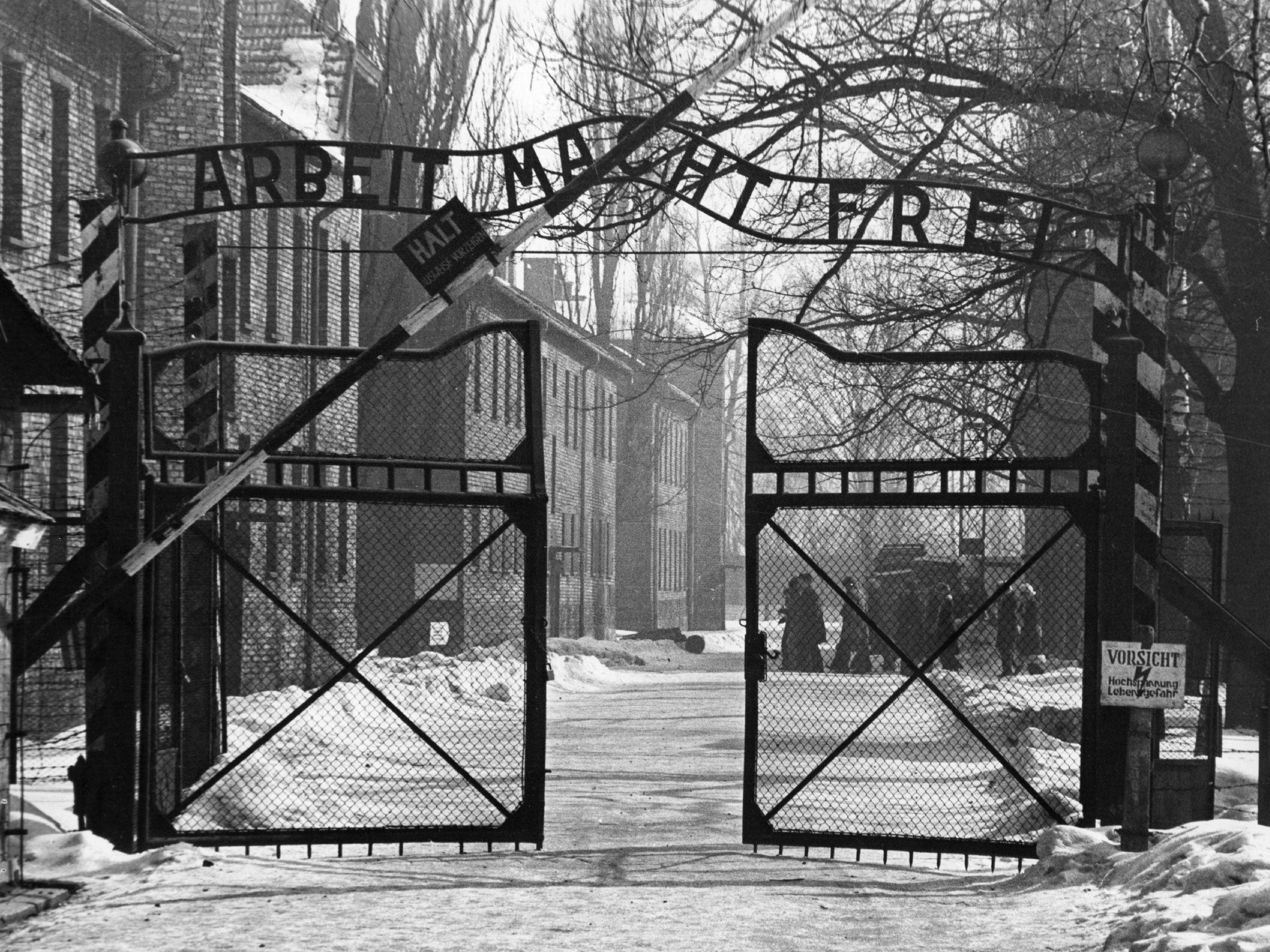There's not much inspiration when genre meets genocide: Week in Books

Your support helps us to tell the story
From reproductive rights to climate change to Big Tech, The Independent is on the ground when the story is developing. Whether it's investigating the financials of Elon Musk's pro-Trump PAC or producing our latest documentary, 'The A Word', which shines a light on the American women fighting for reproductive rights, we know how important it is to parse out the facts from the messaging.
At such a critical moment in US history, we need reporters on the ground. Your donation allows us to keep sending journalists to speak to both sides of the story.
The Independent is trusted by Americans across the entire political spectrum. And unlike many other quality news outlets, we choose not to lock Americans out of our reporting and analysis with paywalls. We believe quality journalism should be available to everyone, paid for by those who can afford it.
Your support makes all the difference.The furore around a book of “inspirational” (America’s synonym for Christian) fiction featuring a romance between Aric von Schmidt, a Nazi commandant and a half-Jewish woman, Hadassah Benjamin, is no surprise. This is a story in which the happy-ever-after is bound up with New Testament salvation and Hadassah’s Damascene conversion to Christianity. It also reworks Holocaust history so that Jews bound for Auschwitz divert their train to freedom (with the help of Aric, and play out their escape with a bravura reminiscent of The Great Escape).
The controversy did not erupt when Kate Breslin’s For Such a Time was published in April 2014, but this summer, after it was shortlisted for two American romance-fiction awards. The book’s “inspiration” is the Old Testament/Tanakh story of Esther, in which Hadassah changes her name to become Queen of Persia and persuade King Xerxes not to wreak genocide on the Jews.
We arrive at Breslin’s story just as Aric is saving his “blue-eyed” Hadassah from the firing squad at Dachau. She is disguised as Stella, and he believes her to be Aryan and brings her to Theresienstadt, the transition point to Auschwitz, where she serves as his secretary, typing up the names of Jewish prisoners condemned to be sent on to that concentration camp.
Shades of Fifty Shades colour their early romance: he is a gentleman-predator, making plain his passion for this “wounded dove”, but holding back from sexual coercion. He makes great show of buying her dresses, fattening her up and parading her to fellow SS officers. She in turn feels terror at his total control over her but also the stirrings of reciprocated lust. A battle against her taboo urges ensues until they declare mutual love, and he morphs from bad commandant to good commandant, becoming key to the train journey of Auschwitz-bound prisoners to the Ukraine.
As far-fetched as the plot is, it is the romance that is more clumsily conceived. The pulpy language of love, so serviceable in a Mills & Boon, sounds preposterous when set against Nazi terror: the book opens on St Valentine’s day in 1944, which bears the asinine hint that the commandant’s rescue of Hadassah is a romantic gesture; out of uniform he is described in “a chesnut crewcut sweater [which] emphasised his broad shoulders”; she meanwhile, takes his breath away in a “powder blue angora sweater”; he smells of pine and is forever cupping her cheek, or petting her chin, or thrilling her with gifts; she wonders “who will save me from you, colonel, or from myself”, and later, voices the hackneyed hopes of every romance heroine drawn to a bad boy: “Aric von Schmidt was a Nazi, she was a Jew, and their kiss had been….? Could he change? Would she be the one to change him?”
It turns out that she can, and does, although his “conversion” to the Jewish cause is as unbelievable and cartoon-ish as her conversion to Christianity (which features a comically reappearing Bible, with a tendency to fall open on passages reminding her to “love thy enemy” among other homilies, in her room). He is a career officer, a high-level Nazi, who suddenly decides that “I would rather risk my life and what’s left of my soul with these people than do nothing and prolong a miserable existence”. Power-based relationships in historically dark times have shown that aggressors are capable of loving their concubines (as in Imperial India and in the sugar plantations of slave-era Caribbean) and also oppressing their victims, so the reader remains unconvinced.
For Such a Time is not a badly-researched book, and it is written within the conventions of its genre. The Nazi romance might have won us over – as Irène Némirovsky’s does in Suite Française – if Breslin had factored in more emotional depth, less fevered plot. The greatest problem lies in its “inspirational” agenda. The message here seems to be one of Christian salvation, despite the heroism of its Jewish protagonist. Why must Hadassah be guided by Christianity and not Judaism? This God, the Christian undertone implies, does not give up on Jews, and carries them to safety. What does that say of the six million Jews who found no such liberation in the Holocaust?
American publisher Bethany House released a statement this week to explain that the “redemptive theme of the biblical book of Esther was intended to draw on our [Christian and Jewish] common faith heritage” but this reads like a Christian love story, written by a self-proclaimed “inspirational” writer. Given that the Holocaust is a Jewish story above all else, it feels like bad taste at best, appropriation at worst.
Join our commenting forum
Join thought-provoking conversations, follow other Independent readers and see their replies
Comments